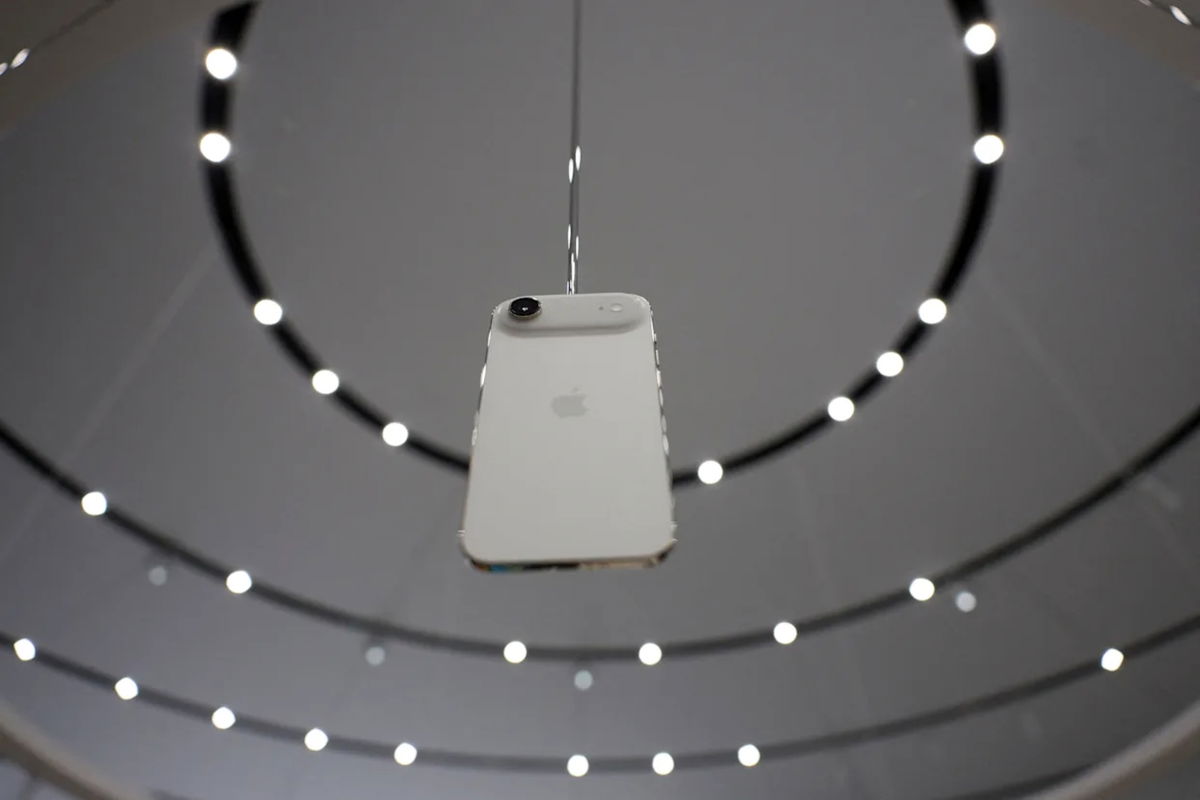These findings not only explain the diversity of human head shapes, but also provide insight into the genetic basis of skull-related diseases such as craniosynostosis.
After analyzing magnetic resonance images of more than 6,000 adolescents, experts identified a wide range of genes that control skull development, including RUNX2. An innovative research approach examining three-dimensional vault shapes has revealed subtle genetic relationships and revealed the global and local influence of specific genes on head shape. Surprisingly, these genetic discoveries also held true for different ancestral groups.
Their results go beyond unraveling the mysteries of natural variation in head shape and provide breakthroughs in understanding diseases that affect the skull vault. Dome shape-related genes such as BMP2, BBS9, and ZIC2 have also been linked to craniosynostosis, a significant advance in medical research.
News materials cannot be equated with a doctor’s prescription. Consult an expert before making a decision.
Source: Ferra
I am a professional journalist and content creator with extensive experience writing for news websites. I currently work as an author at Gadget Onus, where I specialize in covering hot news topics. My written pieces have been published on some of the biggest media outlets around the world, including The Guardian and BBC News.













